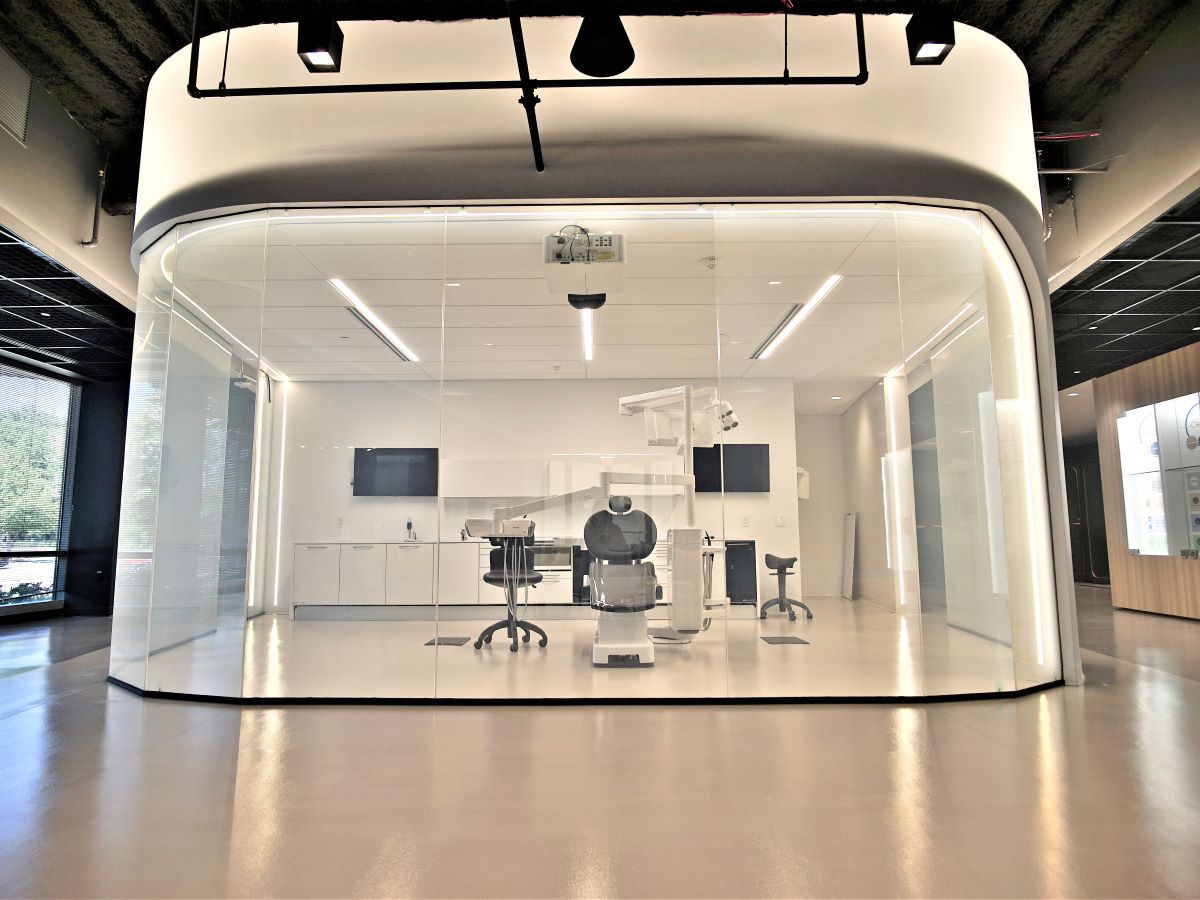Braces may look simple on the surface, but the science behind them is highly precise. Every wire, bracket, and adjustment follows a clear biomechanical plan. Teeth do not move because of force alone. They move because the force is controlled, timed, and guided by how the body responds. This careful balance is what allows safe and predictable results under the supervision of an orthodontist in St Augustine FL, where treatment planning often focuses as much on biology as on mechanics.
Teeth Are Not Fixed in Stone
Teeth are held in place by bone and soft tissues. They sit inside sockets lined with a thin ligament called the periodontal ligament. This ligament acts like a cushion. When pressure is applied, it sends signals to the surrounding bone. These signals trigger changes that allow teeth to shift slowly without damage.
This is why braces do not rely on strong force. Heavy pressure can harm roots and bone. Light and steady force works with the body instead of against it.
Force Must Be Controlled
Braces use gentle force over a long period. This force is measured and adjusted regularly. If force is too strong, the bone cannot adapt properly. If it is too weak, teeth will not move at all.
Controlled force allows bone to break down on one side of the tooth and rebuild on the other. This process is known as bone remodeling. It happens slowly. That slow pace protects the teeth and keeps them healthy during movement.
Direction Matters More Than Strength
The direction of force is just as important as its strength. Teeth can tip, rotate, or move straight depending on how force is applied. Brackets are placed carefully on each tooth to guide movement in the correct direction.
Archwires play a key role here. Their shape and flexibility determine how pressure spreads across the teeth. Small bends in the wire can change how a tooth moves. This level of detail is what makes braces effective and safe.
Timing Keeps Teeth Safe
Teeth need time to respond to force. After an adjustment, the body begins the remodeling process. Cells start breaking down bone in areas under pressure. New bone forms where space is created.
If adjustments are made too often, the bone does not get enough time to rebuild. This can weaken support around the teeth. Proper timing allows healing and movement to stay in balance. A skilled orthodontist carefully plans these forces so teeth move safely while protecting bone and roots.
Friction and Resistance Are Managed
As teeth move along the wire, friction develops. Too much friction slows movement and increases discomfort. Modern braces are designed to reduce unnecessary resistance.
Materials used today are smoother and more flexible. This helps teeth slide more easily along the wire. Less friction means better control and less stress on the teeth.
Individual Biology Influences Movement
Not everyone responds to braces the same way. Bone density, age, and cellular activity all affect how teeth move. Some people have faster bone turnover. Others respond more slowly.
Biomechanics allows treatment to adapt to these differences. Force levels and adjustment intervals can be changed to match the patient’s response. This personalization improves safety and outcomes.
Balance Prevents Damage
One of the biggest goals of biomechanics is balance. Teeth must move without harming roots, bone, or gums. Excess pressure can cause root shortening or bone loss. Insufficient control can lead to unstable results.
Balanced forces protect the supporting structures of the mouth. They also help ensure that teeth stay in their new positions after treatment ends.
Braces Work With the Body
Braces do not force teeth into place overnight. They guide natural biological processes. Each movement depends on how the body reacts at a cellular level.
Understanding biomechanics helps explain why treatment takes time. Slow movement is not a flaw. It is a safety feature built into the process.
Safe Movement Leads to Lasting Results
The true success of braces lies in controlled movement. Precision, timing, and biology all work together. When forces are applied correctly, teeth move safely and predictably.
Biomechanics ensures that treatment is not only effective but also gentle. The goal is not just straight teeth. It is long-term oral health supported by strong bone and stable alignment.







